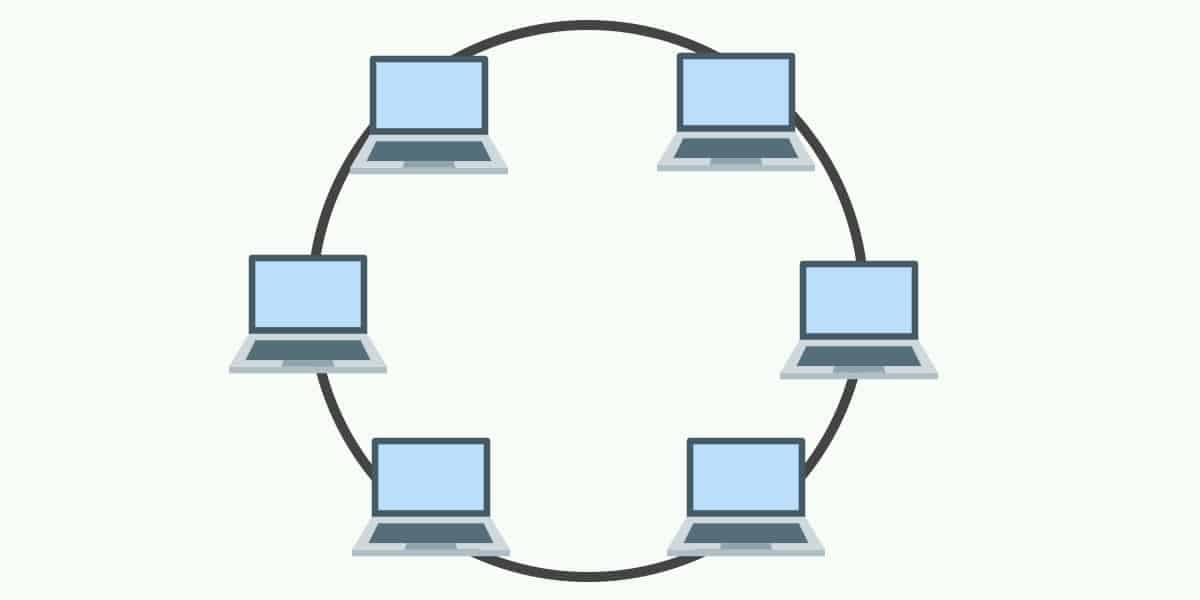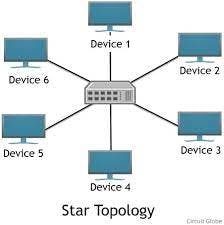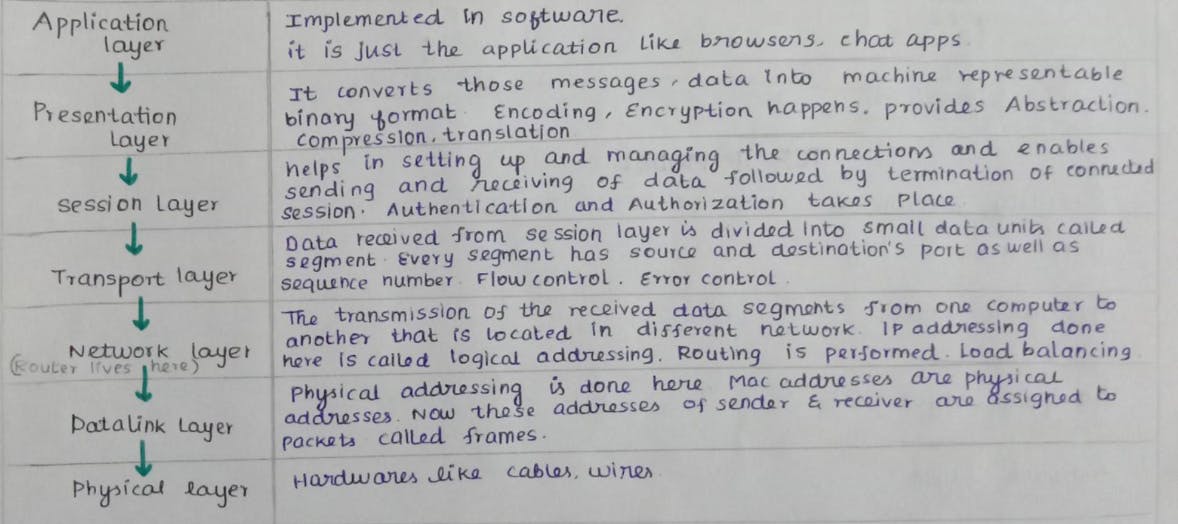introduction
As we are talking about computer networks we should first take a look at what actually is a network?
so, in simple terms, it means computers connected together.
while talking about networks we can't ignore the internet so, now you will ask that adarsh what is this internet stuff, i always hear this but I don't know its actual definition. so,
internet is nothing but the collection of computer networks.
Now lets talk about protocols. so,
protocols are the rules that determines how a particular data is is being send.
some of its examples are TCP , UDP , IP, HTTP, etc. These protocols are created by internet societies.
Now , you might think that what is WWW (world wide web)? so,
WWW is an information system where documents and other web resources are identified by url's which may be interlinked by the hyperlinks and are acessible over the internet.
protocols
- TCP (transmission control protocol) - It insures the complete transfer of data from its source to its destination without getting corupted . it is used in sending mails.
web protocols (uses TCP/ IP)
HTTP - Hyper text transfer protocol
DHCP - Dynamic host control protocol (used by modem to assign IP address )
FTP - File transfer protocol
SMTP - Simple mail transfer protocol (used to send email)
POP3 & IMAC - used to receive mail
SSH - secure shell (used to remote login into into other systems)
VNC - Virtual network computing (used for remotely control another computer)
Telnet -
is an terminal emulation that enables the user to convert to remote / host device using telnet client. it uses port 23.
UDP (user datagram protocol)- it is pretty fast than TCP,but some data might get lost or corrupted in the transmission. it is commonly used in video conferencing.
HTTP (Hyper text transfer protocol) - in this protocol, the data is being transferred between client and servers . it uses client server architecture.
IP (internet protocol) - every single device on internet that can talk to each other have an
ip address.
x.x.x.x (x can have values between 0 to 25)
img
--Modem assigns these IP address through DHCP protocol.
port numbers
ports are basically 16 bit numbers.
all HTTP stuffs happens at port 80 .
Range of port numbers is 0 to 65353 in which 0 to 1023 - Reserved ports 1024 to 49152 - Registered for applications 49153 to 65353 - For our use
Difference between IP address and port number
IP address decides which device to send data or tells us which device we are working with and the port numbers are used to identify which application made that request or tells us with which application we are working with.
Types of Networks
Lan - interconects computer within a limited area such as residences, schools . eg: wifi, ethernet
Metropolitican area network - interconnects users with computer resources in a geographic region of a size of a metropolitican area (cities).
WAN - extends over large geographic area
SONET - synchronous optical networking used in submarines
Frame Relay - it is a wave for connecting LAN to wide area.
Topologies
Topologies are the methods in which computers are connected to each other . It allows us to understand the different elements of our network and where they connect. There are mainly 6 types of topologies
- Bus topologies - they are connected to a single backbone . if one part gets broken,entire system will fail. only
- Ring topology --> here,every system commucates with one another.

--> if, one of the cables break, you won't be able to send data.
--> Lot of unnecessary calls.
- star topology

--> There will be one central device that is connected to all computers.
TCP/IP Model
It is basically known as internet protocol suite. There are 5 layers in TCP/ip Model .
Application layer
Transport layer
Network layer
Data link layer
Physical layer
OSI Model (open system interconnection model)
There are 7 layers in OSI model
Application layer
presentation layer
session layer
Transport layer
Network layer
Data link layer
Physical layer


